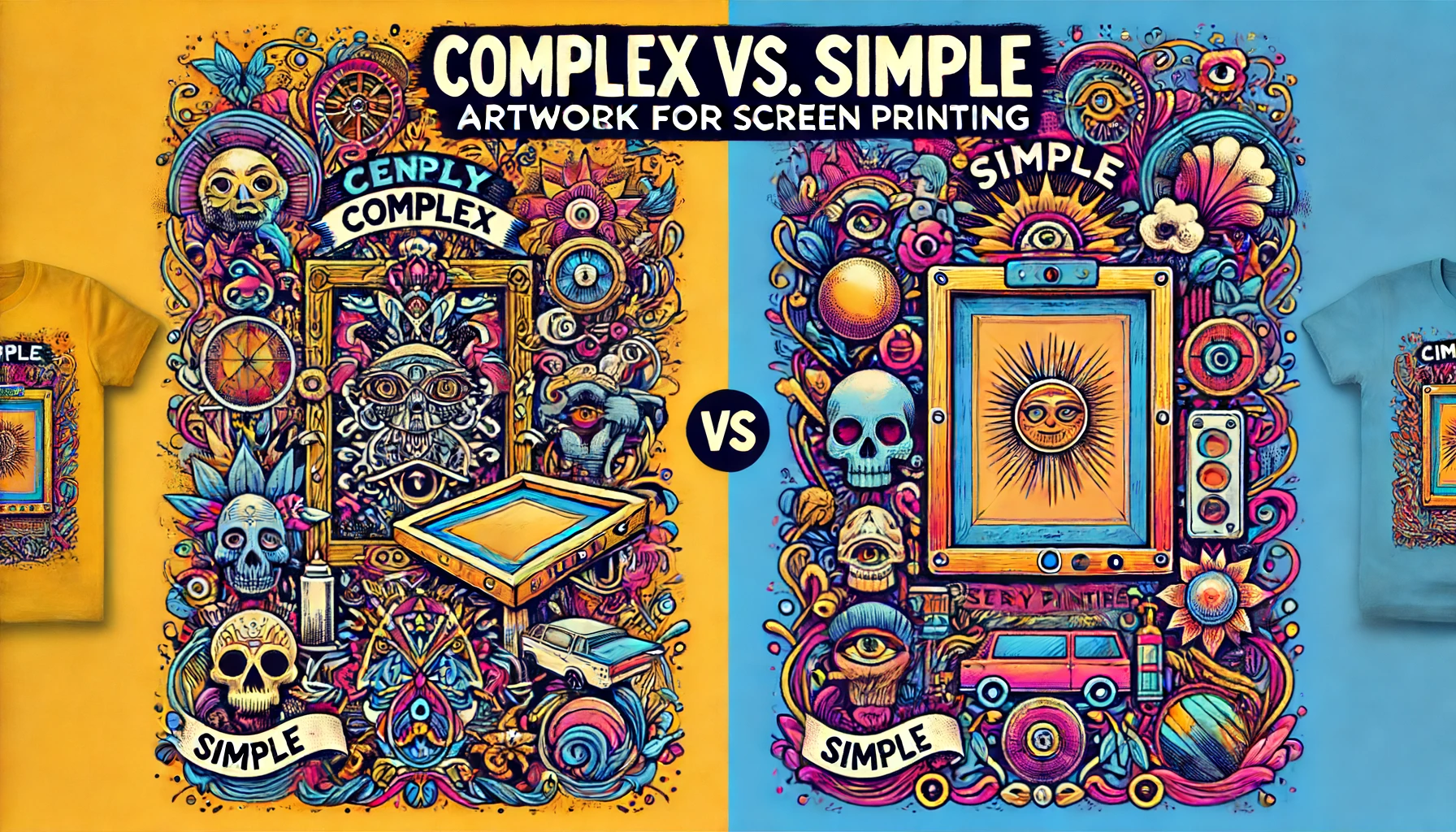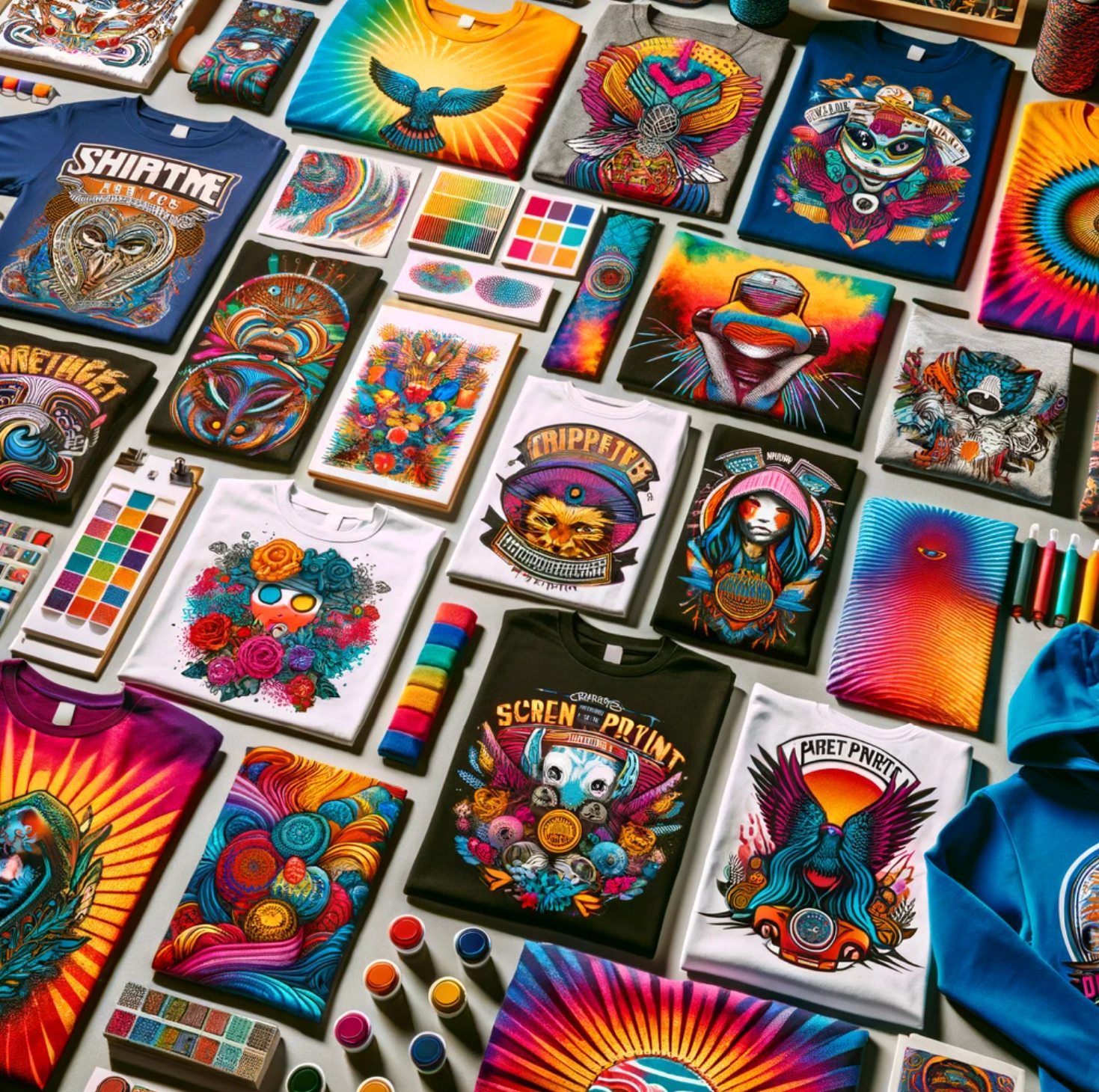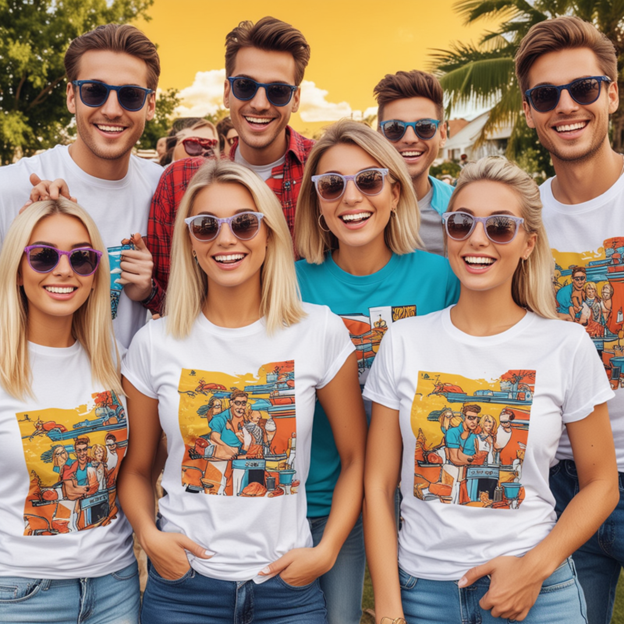
In the evolving world of textile printing, two techniques stand out for their innovation and quality: Direct to Film (DTF) and Direct to Garment (DTG) printing. Both methods have revolutionized the way we print on fabrics, offering unique advantages and suited for different applications. Whether you’re a business owner venturing into custom apparel, a designer looking to bring your creations to life, or simply someone curious about these printing technologies, understanding the differences between DTF and DTG is crucial. This guide aims to demystify these methods, explore their best uses, and help you decide which technique is ideal for your needs.
What is Direct to Film (DTF) Printing?
Direct to Film printing is a relatively new but rapidly growing technology in the textile industry. It involves printing a digital design onto a special film coated with an adhesive powder. After printing, the design is transferred onto the fabric using heat and pressure. The result is a vibrant, high-quality print that can adhere to a wide range of materials.
Advantages of DTF Printing:
- Versatility: DTF can be applied to a variety of fabrics, including cotton, polyester, silk, and blends, without needing pre-treatment.
- Durability: Prints are highly durable, resistant to washing, and have excellent color fastness.
- Quality: Offers vivid colors and high-resolution prints that are soft to the touch.
- Cost-Effectiveness: Suitable for small to medium runs due to lower setup costs compared to traditional printing methods.
Best Uses for DTF Printing:
DTF is ideal for detailed designs and small to medium-sized production runs. It’s perfect for custom apparel, promotional items, and fashion garments where quality and versatility are paramount.
What is Direct to Garment (DTG) Printing?
Direct to Garment printing, on the other hand, is a process where a printer directly applies the ink onto the textile under the guidance of a computer. It’s akin to printing on paper, but instead, you’re printing on a garment. DTG allows for high-quality, detailed prints directly on a wide range of cotton-rich fabrics.
Advantages of DTG Printing:
- Quality: DTG excels in printing complex, high-resolution images directly onto garments, resulting in a soft-to-the-touch feel.
- Efficiency: It’s great for small orders, allowing for on-demand printing with minimal setup time.
- Eco-Friendly: Uses water-based inks, making it a more environmentally friendly option compared to traditional screen printing.
- Flexibility: Ideal for custom one-offs or small batch orders due to the ease of setup and low minimum quantity requirements.
Best Uses for DTG Printing:
DTG is best suited for 100% cotton or high-cotton blend fabrics, making it perfect for custom t-shirts, hoodies, and other apparel that demand high-detail prints.
DTF vs. DTG: Material Suitability
- DTF shines when it comes to versatility, able to adhere to a wide array of fabrics including polyester, nylon, and cotton blends. This makes it an excellent choice for sports apparel, swimwear, and items where synthetic materials are preferred.
- DTG is more limited in its material compatibility, performing best on 100% cotton or high-cotton blends. This restriction is due to the nature of the water-based inks used, which bind more effectively with natural fibers.
When to Use DTF and DTG
Use DTF When:
- You require flexibility in fabric types, including synthetics.
- You’re producing small to medium runs and need cost-effective, high-quality prints.
- Durability and resistance to washing are key considerations for your prints.
Use DTG When:
- You’re working primarily with cotton or high-cotton blend fabrics.
- You need to print highly detailed designs with a wide color spectrum.
- You’re looking for an eco-friendly printing solution for small to medium runs.
DTF Example:
Imagine you’re creating a line of custom swimwear that incorporates vibrant, complex designs. DTF would be your go-to method due to its ability to print on synthetic materials, ensuring the designs are vivid, durable, and can withstand exposure to water and sun.
DTG Example:
For a limited edition run of organic cotton t-shirts featuring intricate artwork, DTG is ideal. It allows for the high-detail, color-rich prints you need, with the soft feel and eco-friendly qualities that align with organic cotton products.
When Not to Use DTF:
Avoid DTF for one-off custom items or when working exclusively with cotton fabrics, as DTG may offer a more cost-effective and quality-appropriate solution.
When Not to Use DTG:
Steer clear of DTG if you need to print on a wide range of materials beyond cotton, or if your project requires the print to stretch significantly, as the ink’s flexibility may be limited.
Choosing between DTF and DTG printing depends on various factors including material, quantity, design complexity, and environmental considerations. By understanding the unique benefits and limitations of each method, you can make an informed decision tailored to your specific needs. Whether you’re producing custom apparel, promotional items, or fashion garments, leveraging the right printing technology will ensure your designs are brought to life in the most vibrant, durable, and cost-effective way possible. Get started!






